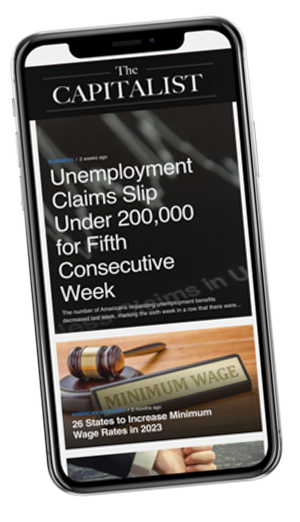News
The Fed’s Plan to Cut Interest Rates: It’s Not If Anymore, But How Much

The Federal Reserve is signaling a major shift in monetary policy that could bring relief to borrowers across the nation. Fed Chair Jerome Powell’s recent declaration, “The time has come,” suggests that interest rates, currently at a 23-year high, are likely to decrease soon. In summary, the cut on interest rates is all but certain. The only question right now is how much?
The Fed’s Expected Rate Cuts
As we look ahead to the Fed’s next meeting in September, there’s strong anticipation of an interest rate cut. The big question is whether the Fed will opt for a modest quarter-point reduction or take a more aggressive half-point cut. The CME FedWatch Tool, which gauges market sentiment, currently assigns a 60% likelihood to a quarter-point cut and a 40% chance to a half-point cut.
Over the course of the year, analysts expect the Fed to continue this trend, potentially reducing rates by a quarter-point at each of its three remaining meetings. This cautious approach would gradually ease the financial burden on borrowers without risking economic instability.
The Broader Economic Impact of Cutting Interest Rates
Lower interest rates generally make borrowing cheaper, which can stimulate economic activity. However, the timing and pace of these cuts are crucial. A rapid decrease could ease loan rates for mortgages, credit cards, and auto loans within months, while a more measured approach might leave rates higher for a longer period.
The labor market’s recent slowdown and cooling inflation have shifted the Fed’s focus. Powell highlighted that the Fed’s decisions would be guided by economic data, particularly job growth. The Fed’s dual mandate—to control inflation and maximize employment—means that any decision on interest rates will carefully balance these two goals.
Recent reports from CNBC indicate that lower interest rates could significantly influence investment strategies. Typically, rate cuts make bonds less attractive relative to stocks, potentially driving more investors toward the equity markets. However, this shift could also introduce more volatility, especially if the cuts are perceived as a reaction to deteriorating economic conditions.
Is Lowering Interest Rates the Best Option Right Now?
Not all experts agree on the best course of action. Mark Zandi of Moody's Analytics advocates for substantial rate cuts to boost the economy. On the other hand, former Treasury Secretary Larry Summers warns against aggressive cuts, suggesting that a more measured approach is necessary to avoid long-term economic disruption.
Gregory Daco, EY’s chief economist, expects the Fed to implement quarter-point cuts at each of the next three meetings. Deutsche Bank analysts echo this sentiment but caution that a weaker jobs report in September could prompt a larger, half-point cut. These differing perspectives highlight the uncertainty in the economic outlook and the complexity of the Fed’s decision-making process.
The Impact to Businesses, Consumers, and Investors
For borrowers, the prospect of lower interest rates could mean reduced costs on everything from mortgages to personal loans. However, the economic backdrop remains uncertain. The Fed’s cautious approach suggests that while relief is on the way, it may be gradual.
As the Fed prepares to navigate this delicate balance, it’s crucial to stay informed about how these changes could affect your financial situation. Whether you’re considering a new mortgage, refinancing, or simply looking to reduce credit card debt, understanding the Fed’s next moves will be key to making smart financial decisions.
Furthermore, investors should be aware of how these rate cuts could impact their portfolios. With the potential for increased stock market activity and decreased bond yields, adjusting investment strategies accordingly may be necessary to optimize returns in this evolving economic landscape.



